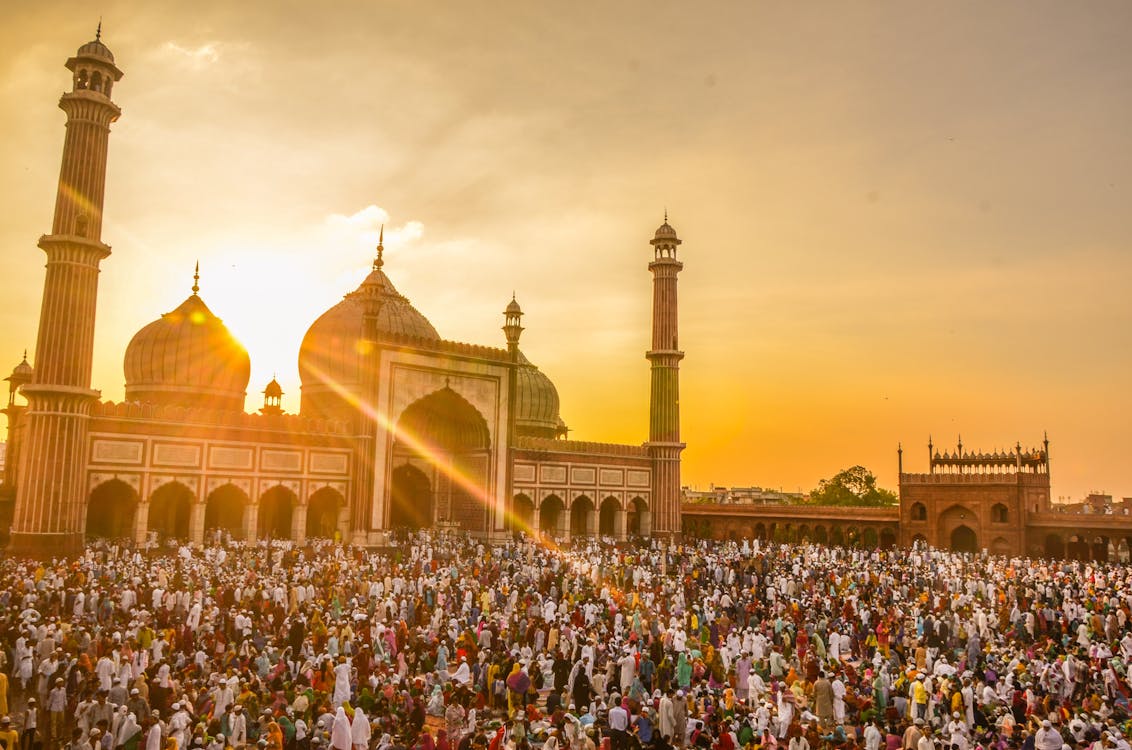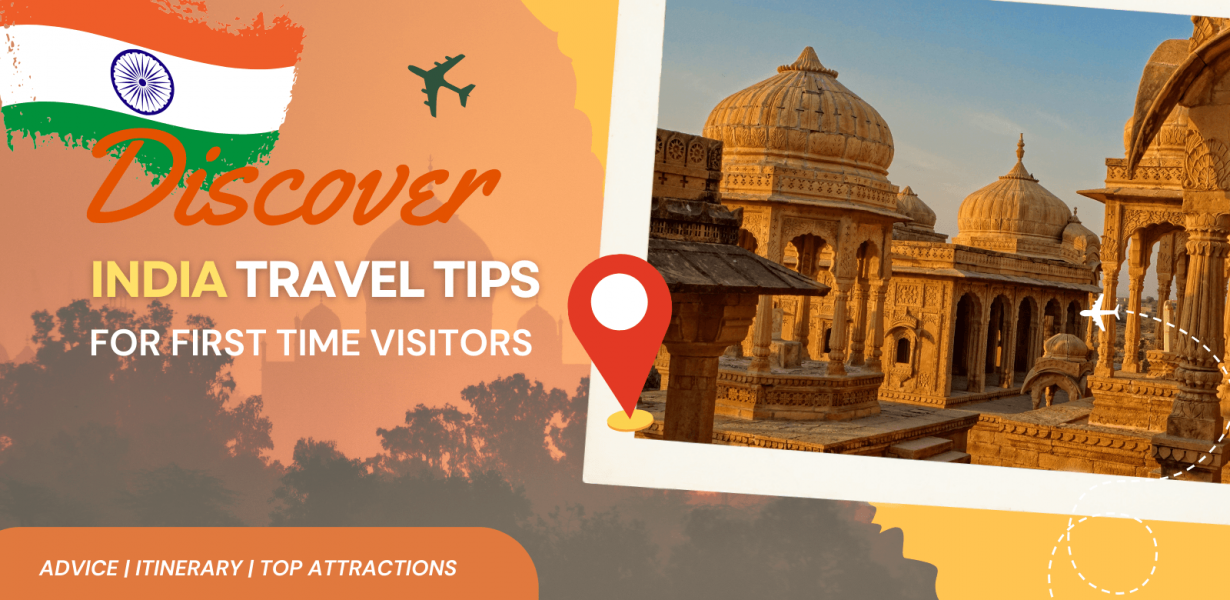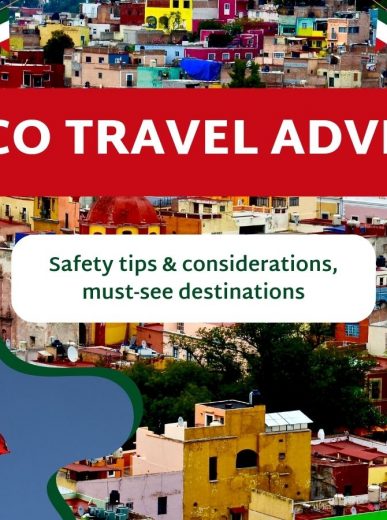If you are considering traveling to India for the first time, get ready for an adventure that will awaken your senses and stir your soul. With its colorful culture, stunning landscapes, and tantalizing cuisine, India offers experiences that are as diverse as its people. This guide will equip you with essential tips and insights to make your journey memorable.
Book your dream India vacation today and save!
India Travel Tips for First-Time Visitors
Visiting India for the first time? Here are crucial tips to enhance your experience.
1. Foodie Frenzy, But Pace Yourself
One of the best ways to experience India is through its food. From spicy street snacks to elaborate regional dishes, the culinary landscape is vast. Don’t shy away from street food; just make sure it’s from a busy vendor to ensure freshness. Be cautious with spicy dishes if you’re not used to them, and always drink bottled water to avoid any stomach issues.
2. Dress with Respect and Comfort
India is diverse, and so are its dress codes. While urban areas like Mumbai or Delhi might be more liberal, rural regions often require more modest attire. Lightweight, breathable clothing is ideal for the warm climate, and layering can help you adapt to sudden weather changes. For women, a salwar kameez is a comfortable and culturally appropriate choice, while men might opt for cotton kurtas. A scarf or shawl is handy for covering shoulders when visiting temples.
3. Navigate Public Transport Wisely
Local transport can be a thrilling adventure. Auto-rickshaws and buses are economical ways to get around, but if you’re in major cities, consider using ride-hailing apps like Ola or Uber for convenience. The metro systems in cities like Delhi and Kolkata are efficient and often the best way to avoid traffic. Always negotiate fares for rickshaws beforehand, or ask your hotel for an estimate to avoid being overcharged.
4. Always Keep Cash on Hand
While credit cards are accepted in many establishments, cash is still king in India. For daily transactions, it’s vital to keep a stash of 100 Rupee notes handy. These are used for everything, from street food purchases to tuk-tuk rides. Make sure you also have smaller denominations for the metro system, where you’ll need to pay for tickets at machines that often require exact change.
5. When in Doubt, Namaste!
A simple “Namaste” (pronounced nah-mah-stay), with a slight bow and palms together, is a respectful and universally understood greeting in India. A few basic Hindi phrases like “Dhanyavad” (thank you) and “Kya hal hai?” (how are you?) will go a long way in connecting with locals. In addition, removing your shoes before entering a home or sacred space is customary. It’s also polite to use your right hand for giving and receiving items shows respect.

6. The Art of Bargaining
Bargaining is a way of life in India. Don’t be afraid to haggle, but be respectful and avoid getting overly aggressive. A good rule of thumb is to offer around half the asking price and negotiate from there.
7. Expect the Unexpected
India operates at a different pace, and that can mean delays. Trains might run late, and traffic can be a beast in major cities. Embrace the unpredictability! Use this time to people-watch, sip chai, or explore a local shop. Flexibility is key—some of the best travel stories come from unexpected detours.

8. Use Local SIM Cards for Connectivity
Buying a local SIM card can help you navigate and stay connected. Options like Airtel and Jio offer affordable data plans. Ensure your phone is unlocked before you arrive, and consider downloading offline maps to assist with navigation.
9. Stay Hydrated and Protect Against Sun
The Indian sun can be intense, especially in summer. Always carry a water bottle and drink plenty of fluids to stay hydrated. A wide-brimmed hat and sunscreen will also protect you from sunburn while exploring outdoors.
10. Be Prepared for Crowds
India can be bustling and crowded, particularly in major cities and tourist hotspots. Patience is key. Embrace the chaos, plan your visits during off-peak hours, and give yourself extra time to enjoy attractions without feeling rushed.

11. Keep Your Belongings Secure
India can be bustling and crowded, so it’s important to stay vigilant about your belongings. Use a money belt or a secure bag to carry your valuables. Avoid flashy jewelry and keep your camera gear discreet. In crowded areas, be extra cautious of pickpockets, and always keep an eye on your bags, especially in busy markets and public transport.
12. Plan for Varied Weather
India’s climate can vary significantly by region and season. Research the weather for the specific areas you’ll be visiting and pack accordingly. Layers are advisable, as temperatures can fluctuate between day and night, especially in places like Rajasthan or Himachal Pradesh. Don’t forget essentials like sunscreen and an umbrella, as monsoon season can bring unexpected rain.
13. Plan Your Visit Around Festivals
If your travel dates align, experiencing local festivals can be a highlight of your trip. Festivals like Diwali, Holi, or Durga Puja offer vibrant celebrations, cultural insights, and unique local traditions. Just be prepared for crowds and plan accommodations in advance.

14. Take Time to Reflect and Relax
Traveling in India can be overwhelming due to its pace and intensity. Schedule downtime to relax and reflect. Whether it’s enjoying a quiet moment at a temple, sipping chai in a local café, or simply taking in the views, giving yourself space to breathe can enhance your overall experience.
15. Use Trusted Tour Operators
When looking for the best way to tour India, consider using reputable travel agencies or guided tours. This can help streamline your experience and ensure safety. Guided tours can also provide valuable insights into the history and culture of each destination.
Recommended Itinerary for Your First Visit to India
For first-timers, the Golden Triangle is a classic route that encompasses some of India’s most iconic destinations. You can adjust and extend your trip based on it.
- Delhi(2-3 days)
India’s capital pulsates with history, from the majestic Red Fort to the awe-inspiring Humayun’s Tomb. Spend a few days exploring its bustling markets, historical sites, and delectable street food.
- Agra(1-2 days)
Home to the Taj Mahal, the epitome of love and architectural brilliance. Witness the monument’s ethereal beauty at sunrise for a truly magical experience.
- Jaipur (2-3 days)
The “Pink City” is a kaleidoscope of forts, palaces, and bustling bazaars. Take a camel ride through Thar Desert, explore the Amber Fort, and lose yourself in the vibrant Hawa Mahal (Palace of Winds).
Places to interspersed in the Golden Triangle itinerary:
To enhance your Golden Triangle experience while maintaining accessibility, consider these additional destinations:
- Fatehpur Sikri (day trip from Agra)
Just a short drive from Agra, this UNESCO World Heritage site showcases stunning Mughal architecture, including the Buland Darwaza and the Jama Masjid. It’s a worthwhile detour.
- Pushkar (1-2 days)
Located about 3 hours from Jaipur, Pushkar is famous for its holy lake and the annual Pushkar Camel Fair. The atmosphere is spiritual, and the town has a vibrant market and temples.
- Ranthambore National Park (2-3 days)
About 3-4 hours from Jaipur, this national park is one of the best places in India to see tigers in the wild. A safari here adds a thrilling dimension to your trip.
- Neemrana Fort (day trip from Delhi)
Situated about 2 hours from Delhi, this heritage hotel and fort offers a unique stay with stunning views and historical significance. It’s great for a day of exploration and relaxation.
- Chand Baori (between Agra and Jaipur)
This incredible stepwell is an architectural marvel. It’s a quick stop but offers fantastic photo opportunities and insight into ancient water conservation.
Looking for a more off-the-beaten-path adventure? Consider:
Kerala: Glide through serene backwaters on a houseboat, explore spice plantations, and soak up the laid-back charm of this southern paradise.
Rajasthan: Explore the majestic Thar Desert, delve into the rich history of Udaipur, and marvel at the architectural splendor of forts like Mehrangarh in Jodhpur.
Himachal Pradesh: Seek solace in the Himalayas, trek through breathtaking valleys, and experience the serenity of ancient monasteries.
Top Attraction in India for First Timers
Now that you’re equipped with essential tips and suggested routes, let’s explore some must-see spots that embody the spirit of India.
The Taj Mahal, Agra
No trip to India is complete without a visit to the iconic Taj Mahal. This stunning white marble mausoleum, built by Emperor Shah Jahan in memory of his wife Mumtaz Mahal, is a UNESCO World Heritage site and one of the Seven Wonders of the World. Sunrise and sunset visits offer breathtaking views as the marble changes color with the light. The serene gardens and reflecting pools surrounding the Taj provide a perfect backdrop for memorable photos.
Hawa Mahal, Jaipur
Known as the “Palace of Winds”, Hawa Mahal is an architectural marvel in Jaipur with its 953 small windows, allowing royal women to observe the streets unseen. The intricate pink sandstone façade is stunning, especially at sunset. After exploring, stroll through nearby bazaars to immerse yourself in the local culture and shop for handicrafts.
Kerala Backwaters
For a contrasting experience, head to the serene backwaters of Kerala. A houseboat cruise through this network of lagoons and canals offers a glimpse into rural life and stunning landscapes. You can savor delicious local cuisine, watch traditional dances, and experience the tranquility of this unique ecosystem. The best time to visit is during the cooler months from October to February.
Golden Temple, Amritsar
The Golden Temple, or Harmandir Sahib, is a breathtaking spiritual site in Amritsar, known for its shimmering gold dome and peaceful reflecting pool. Visitors can experience the community kitchen, or langar, serving thousands daily, emphasizing the Sikh value of equality. As the sun sets, the temple glows beautifully, offering a serene and unforgettable experience.
Goa, The Beach Paradise
Goa is known for its beautiful beaches, lively nightlife, and Portuguese heritage. Relax on the sands of Palolem or enjoy the vibrant atmosphere of Anjuna. Explore colonial architecture in Old Goa and indulge in local seafood. The nightlife is vibrant, especially during the Goa Carnival, offering a festive experience under the stars.
Ladakh, Land of High Passes
Ladakh is famous for its dramatic landscapes and Tibetan culture. From the serene Pangong Lake to vibrant monasteries like Thiksey, it’s a paradise for adventure seekers and spiritual travelers alike. Trekking in the Markha Valley and tasting local dishes like momos provide a memorable experience in this remote region.
Rishikesh, The Yoga Capital
Rishikesh, nestled in the foothills of the Himalayas, is the “Yoga Capital of the World”. Participate in yoga sessions, meditate by the Ganges, and cross the iconic Laxman Jhula bridge for stunning views. Adventure seekers can also enjoy white-water rafting, making Rishikesh a perfect blend of spirituality and thrill.
Khajuraho Group of Monuments
The Khajuraho Group of Monuments is celebrated for its stunning temples adorned with intricate sculptures from 950 to 1050 AD. These temples, including the notable Kandariya Mahadev Temple, showcase detailed carvings that depict love, dance, and daily life, with many featuring famous erotic art.
Frequently Asked Questions
What are the best times to visit India?
The best time to visit India generally falls between October and March, when the weather is cooler and more pleasant. However, this varies by region, so research specific areas for optimal visiting times.
Is India safe for tourists?
While India is generally safe for tourists, it’s essential to remain vigilant, especially in crowded areas. Always stay aware of your surroundings and follow local advice.
What currency is used in India?
The currency used in India is the Indian Rupee (INR). It’s advisable to exchange some money before arrival or withdraw cash from ATMs once you arrive.
Do I need a visa to visit India?
Yes, most foreign nationals require a visa to enter India. You can apply for an e-Visa online for short visits, or a regular visa through your local Indian embassy for longer stays.
Do I need vaccinations before visiting?
Check with your healthcare provider regarding recommended vaccinations before your trip. Common vaccinations include those for hepatitis A, typhoid, and tetanus. It’s always best to be prepared!



















There are no comments.